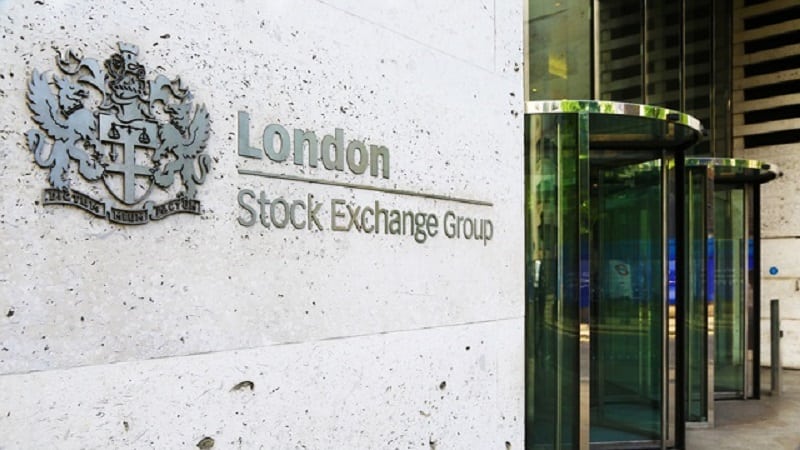With some £11.6trn of investors’ money in its hands, the UK asset management industry is the second largest in the world. But given its massive scale, the sector can be difficult to navigate, even for seasoned financial professionals. Sometimes it’s easier to step back and take a snapshot to get a better perspective.
And where better to start than with the biggest players. UK asset management is top heavy, with the 10 largest firms accounting for exactly half (50.3%) of all the capital in circulation.
But how did these behemoths such as BlackRock, which alone controls a 10th (10.2%) of the total assets under management, come to garner such sizable market positions?
Monika Calay, director of research a Morningstar, says many of the most influential players have been so successful because of their large quantities of passive funds on offer. Products that simply track an index have become ever-more popular over the past decade as investors have been able to outperform active fund managers for a fraction of the cost.
“There’s been a lot of pressure on active funds, so it’s not surprising to see managers with strong passive offerings dominate,” Calay explains. “They continue to attract the bulk of flows because active managers are struggling to outperform their passive peers, both over the short and the long term.
“Investors have also been de-risking their portfolios, focusing more on core allocations and honing in on cost because of inflation. So it’s been a really tough and challenging environment since Covid with the cost-of-living crisis.
“Active funds have made a slight comeback in terms of flows this year, mostly in light of what’s been happening after US president Donald Trump’s tariffs. The main bulk of flows are still going into passives, but after many quarters of negative inflows, we have started to see some positive inflows back into active funds for the first time in a while.”
Given the rising popularity of these systematic products, firms that were early to launch them en masse and gain a large portion of the marketplace have taken the lion’s share. Passive funds account for three-quarters (78%) of BlackRock’s 886 funds as of 2023 – it has a lot of skin in the game.
Further, asset manager Vanguard has built its entire business model on this. Its product range is largely made up of passive funds (98%), with only 11 active strategies on offer versus 75 index funds for UK investors.
Calay says: “BlackRock is very much known for its passive offering and its commitment to those core building blocks. And that’s the same for Vanguard. I always link them together because they have similar brands – like iShares versus Vanguard ETFs – those are passive-oriented. Yet the businesses themselves are very different.”
Investor types in the UK
Though the two are known as the big dogs in passive investing, they tailor their products to very different client groups. BlackRock has done well in attracting the wealthiest proportion of investors in the UK.
Institutional investors such as pension funds account for the vast majority (72.7%) of capital in the UK asset management space, and this has been the firm’s target clientele, according to Calay.
She also highlights the likes of Legal and General, which has thrived by catering to institutional investors, with most of its business coming from pension providers. Vanguard, on the other hand, is a one-stop shop for the retail audience, which accounts for a quarter (26.4%) of the UK market.
Read the rest of this article in the June issue of Portfolio Adviser magazine










